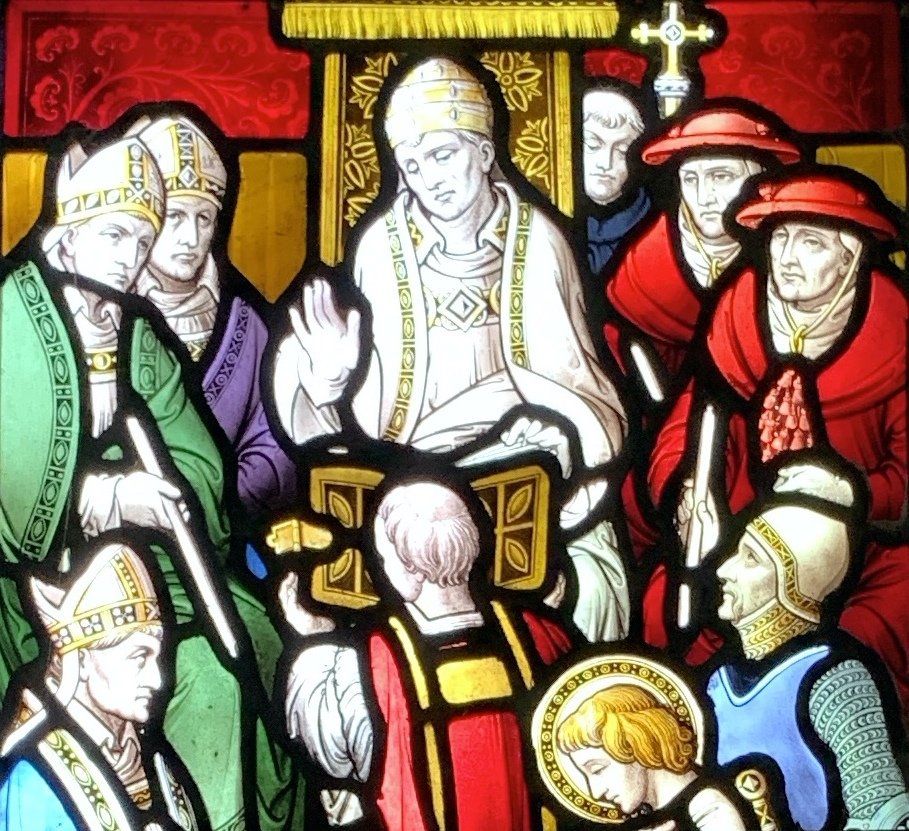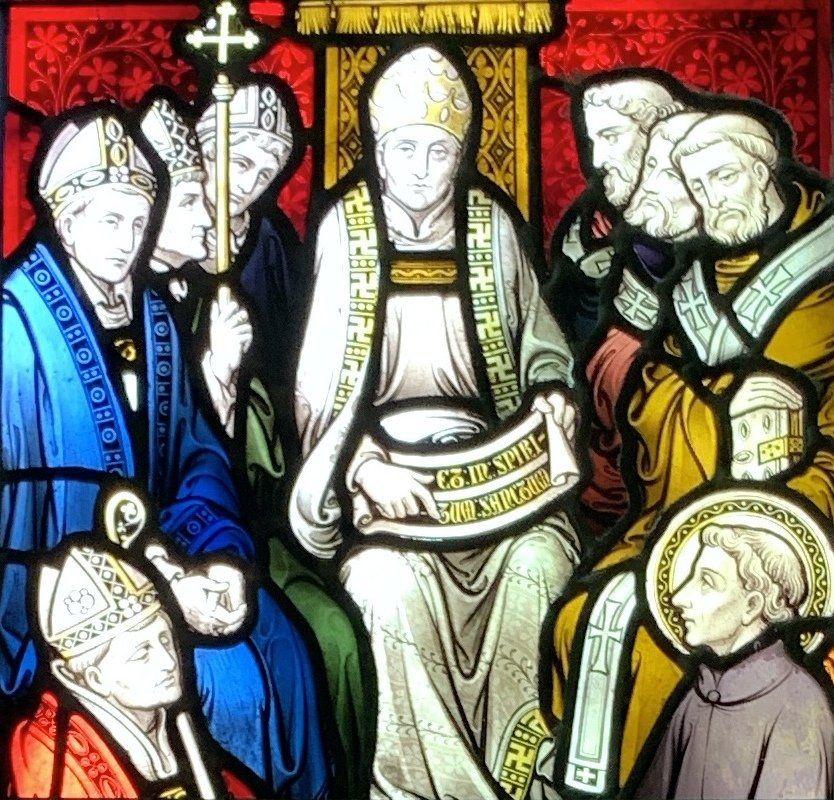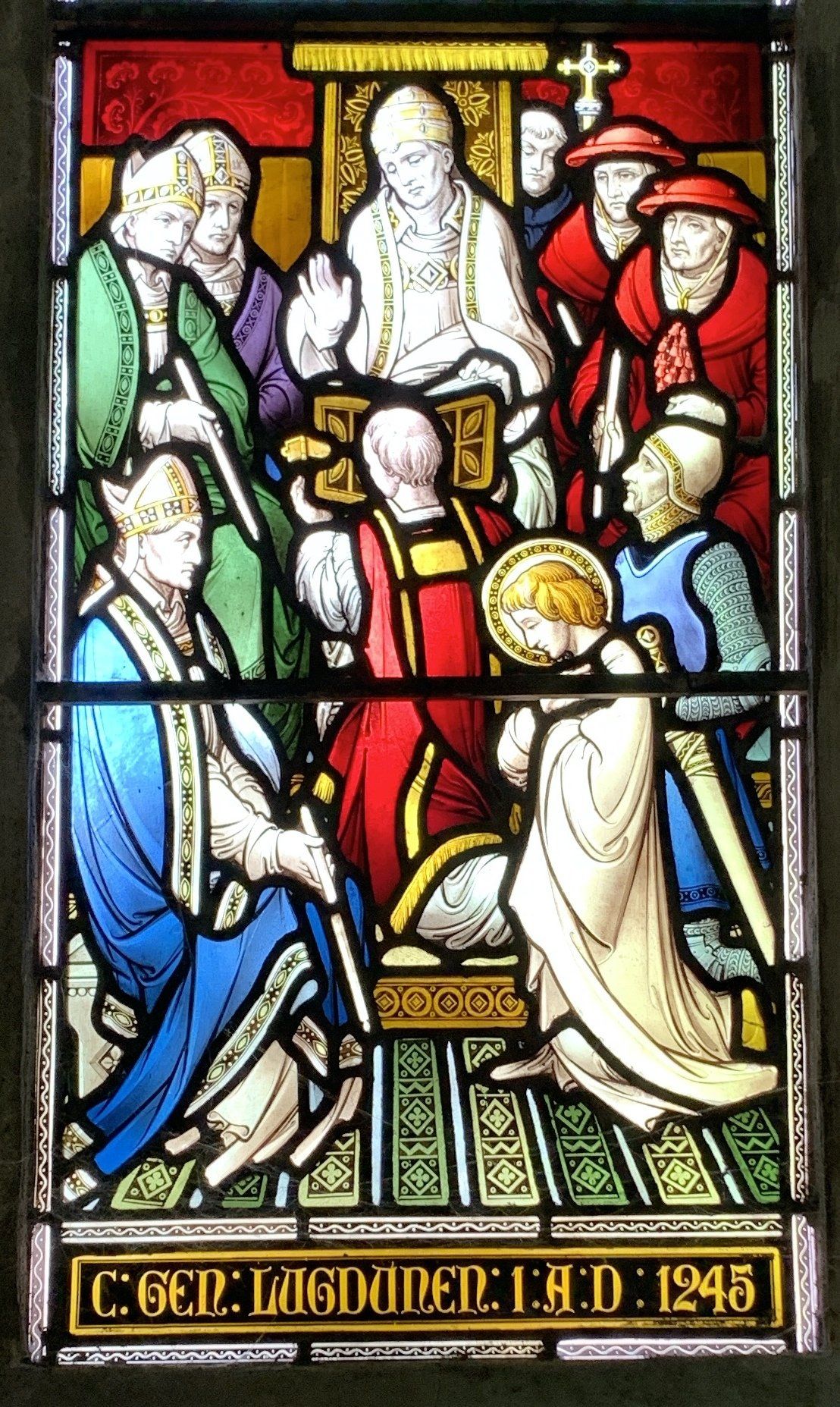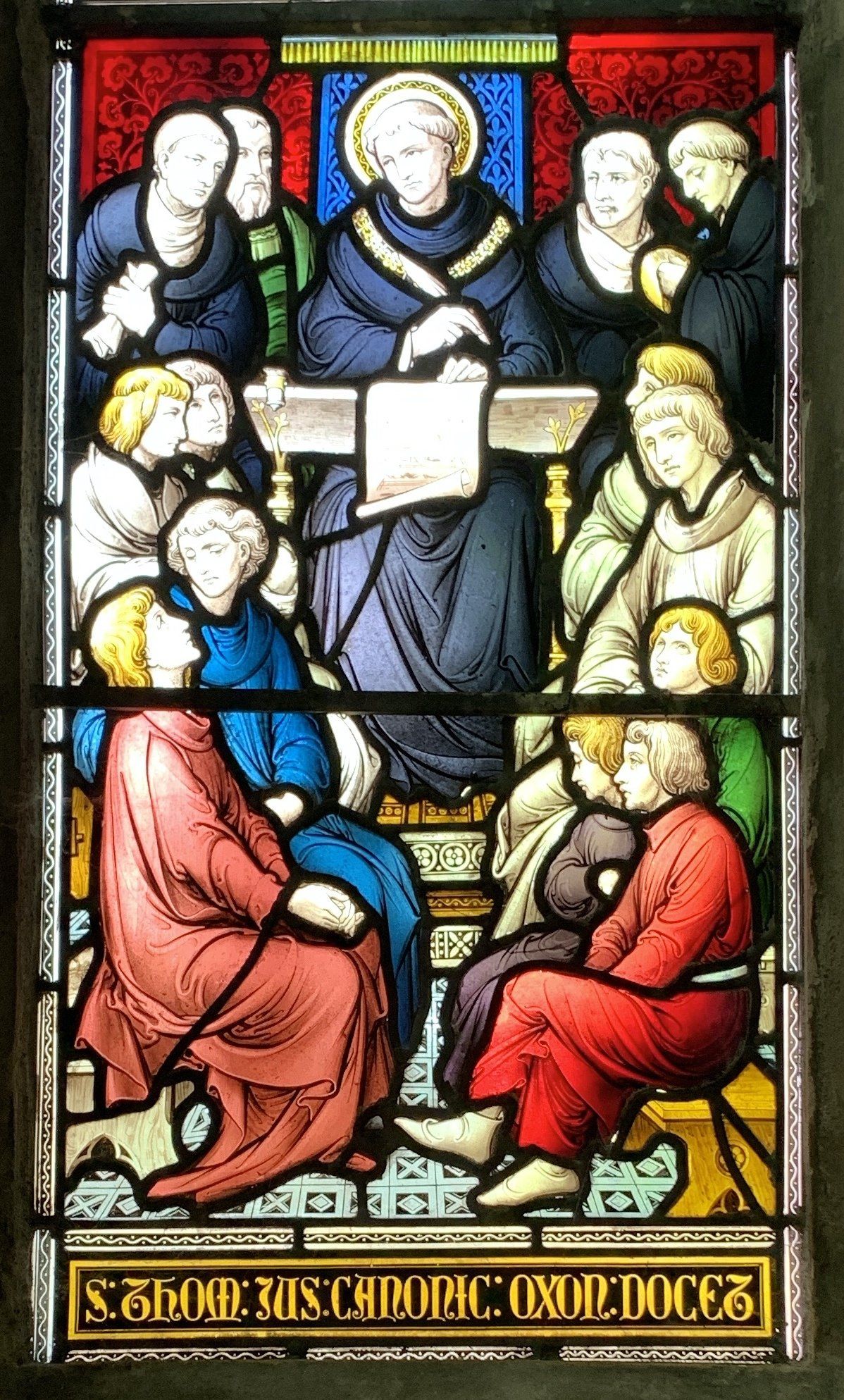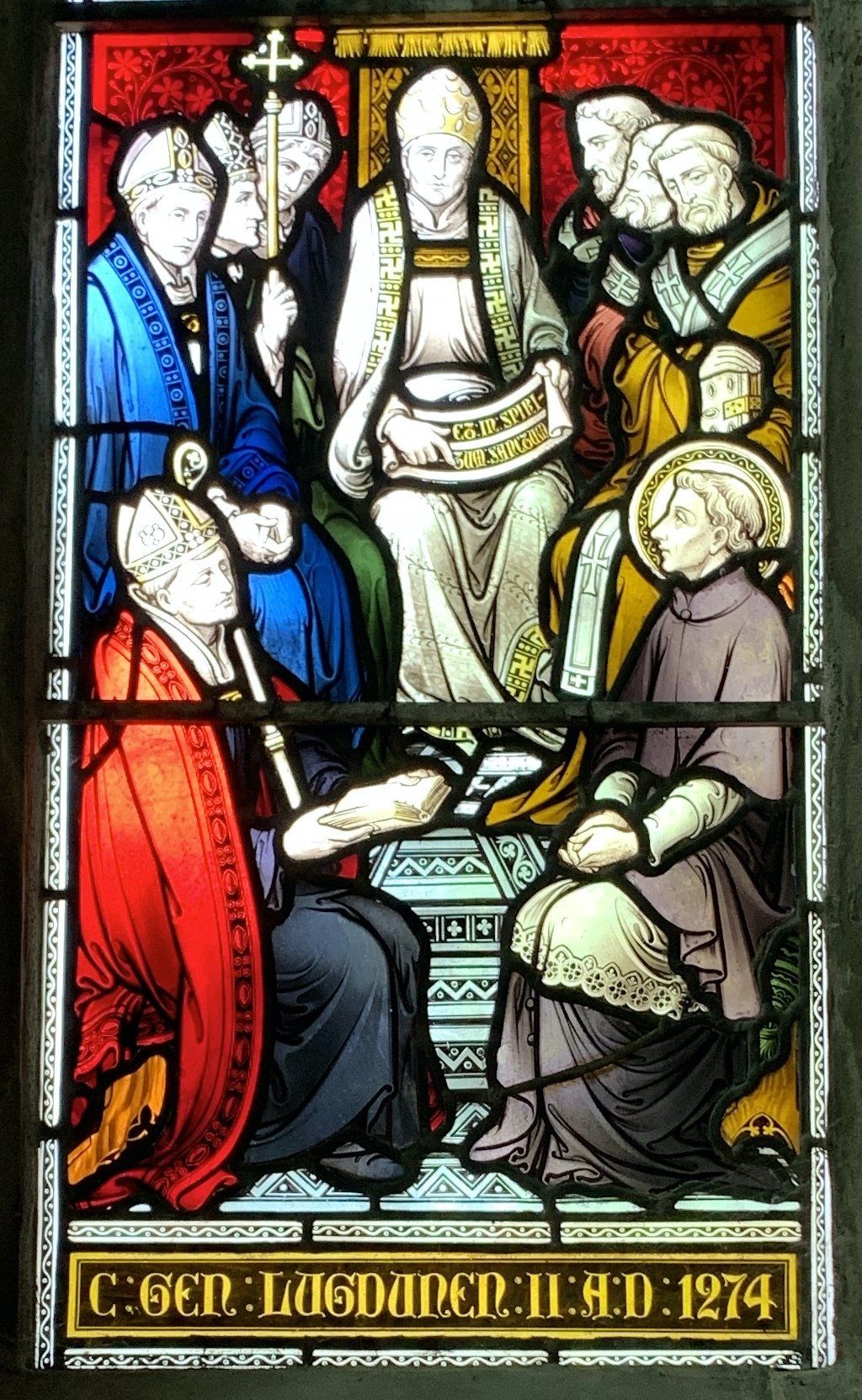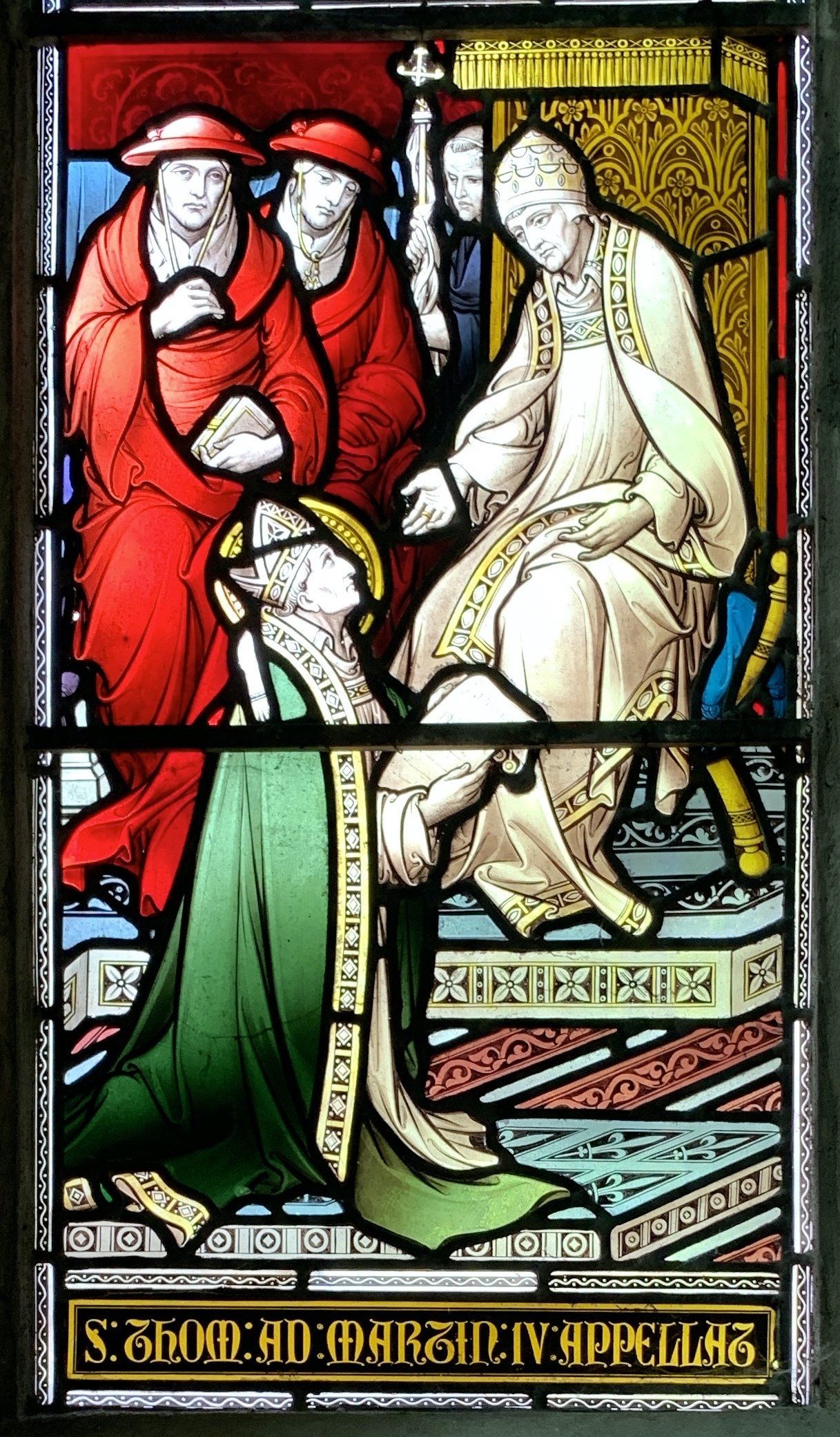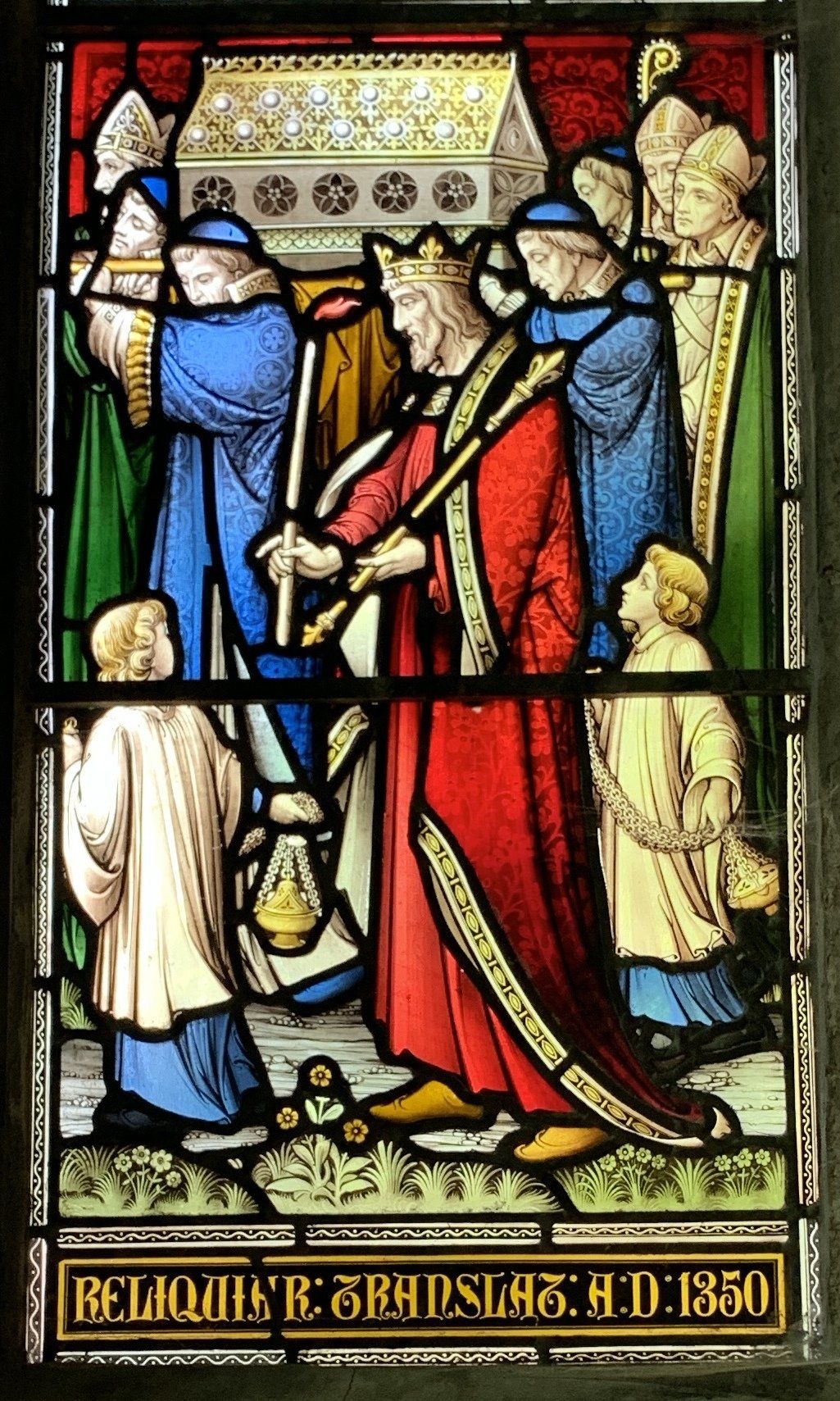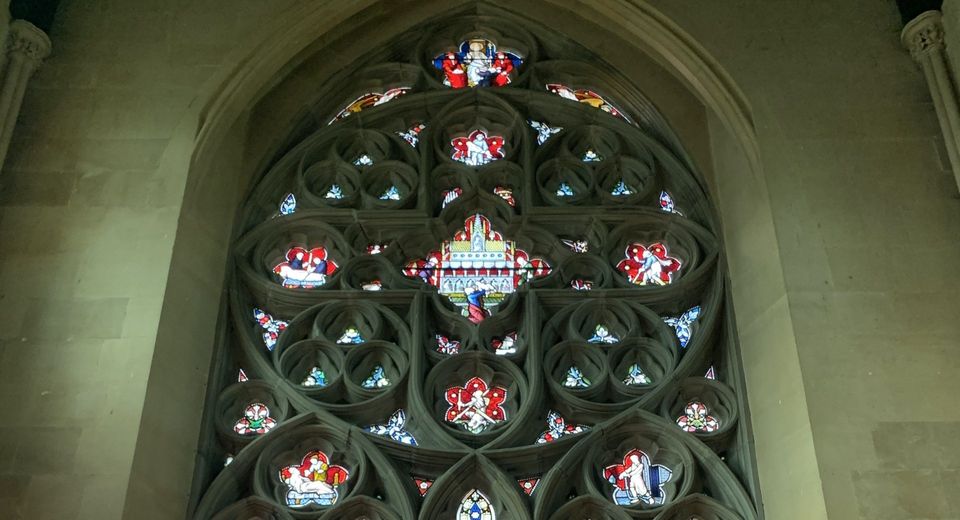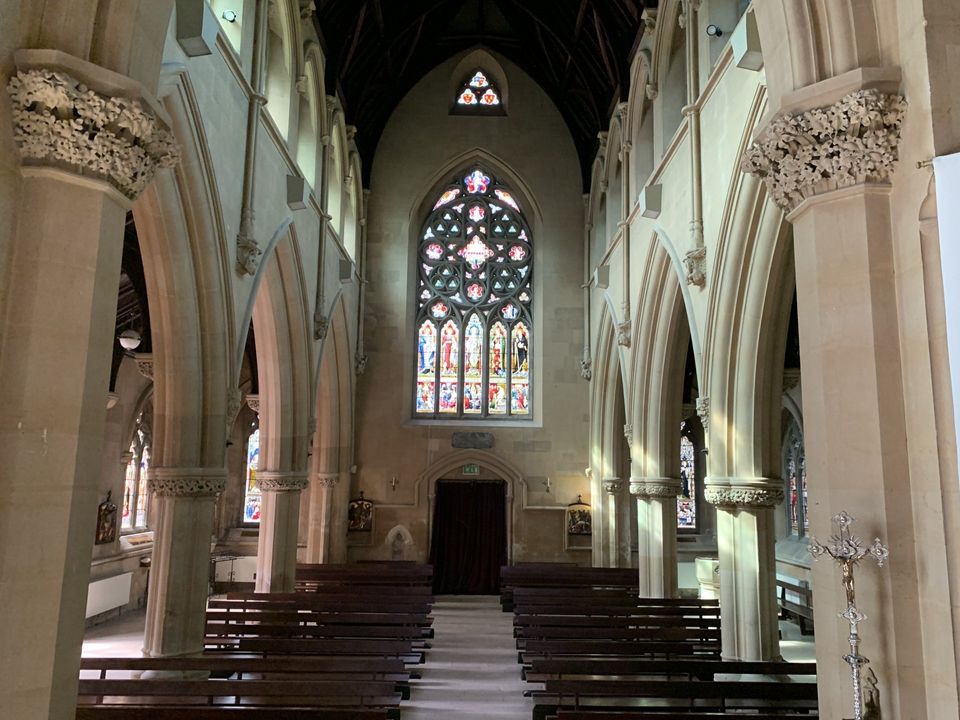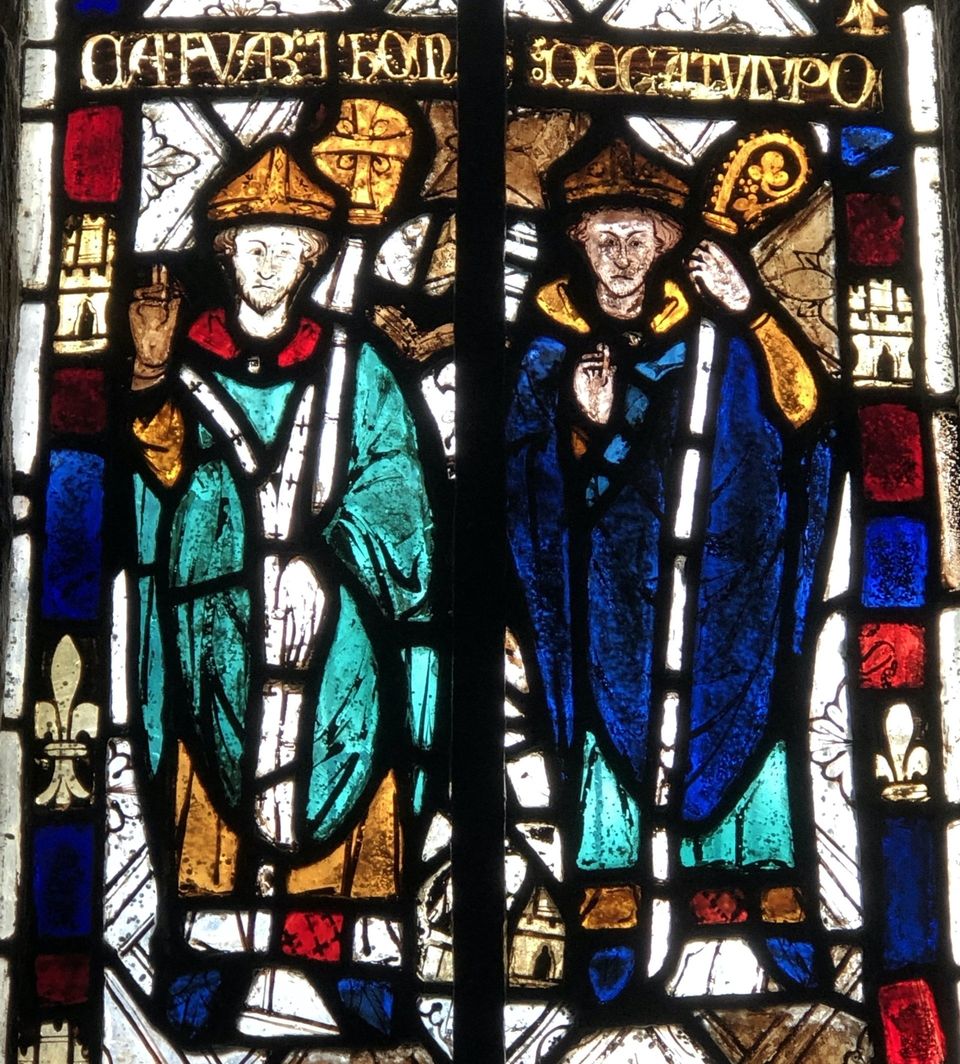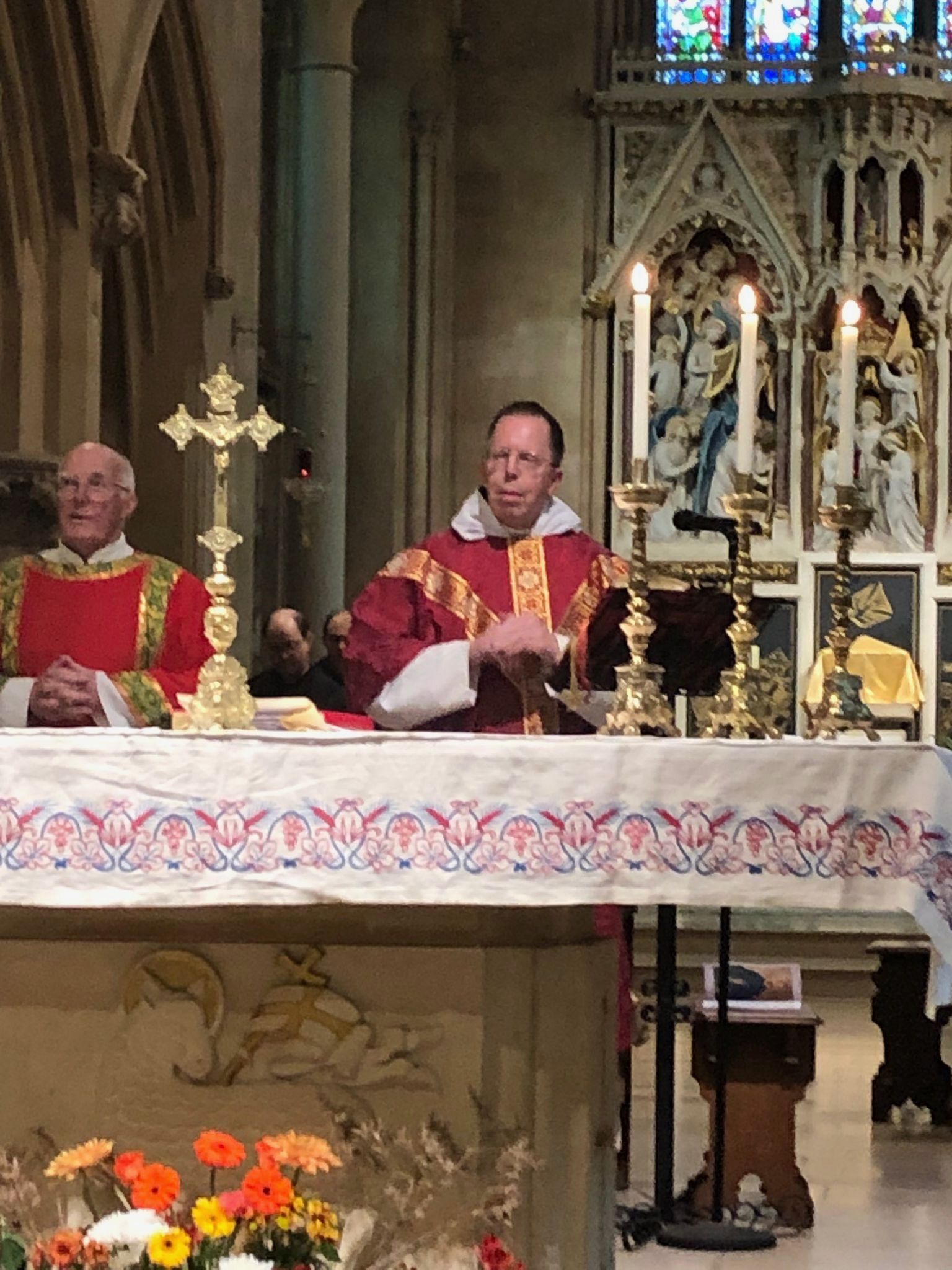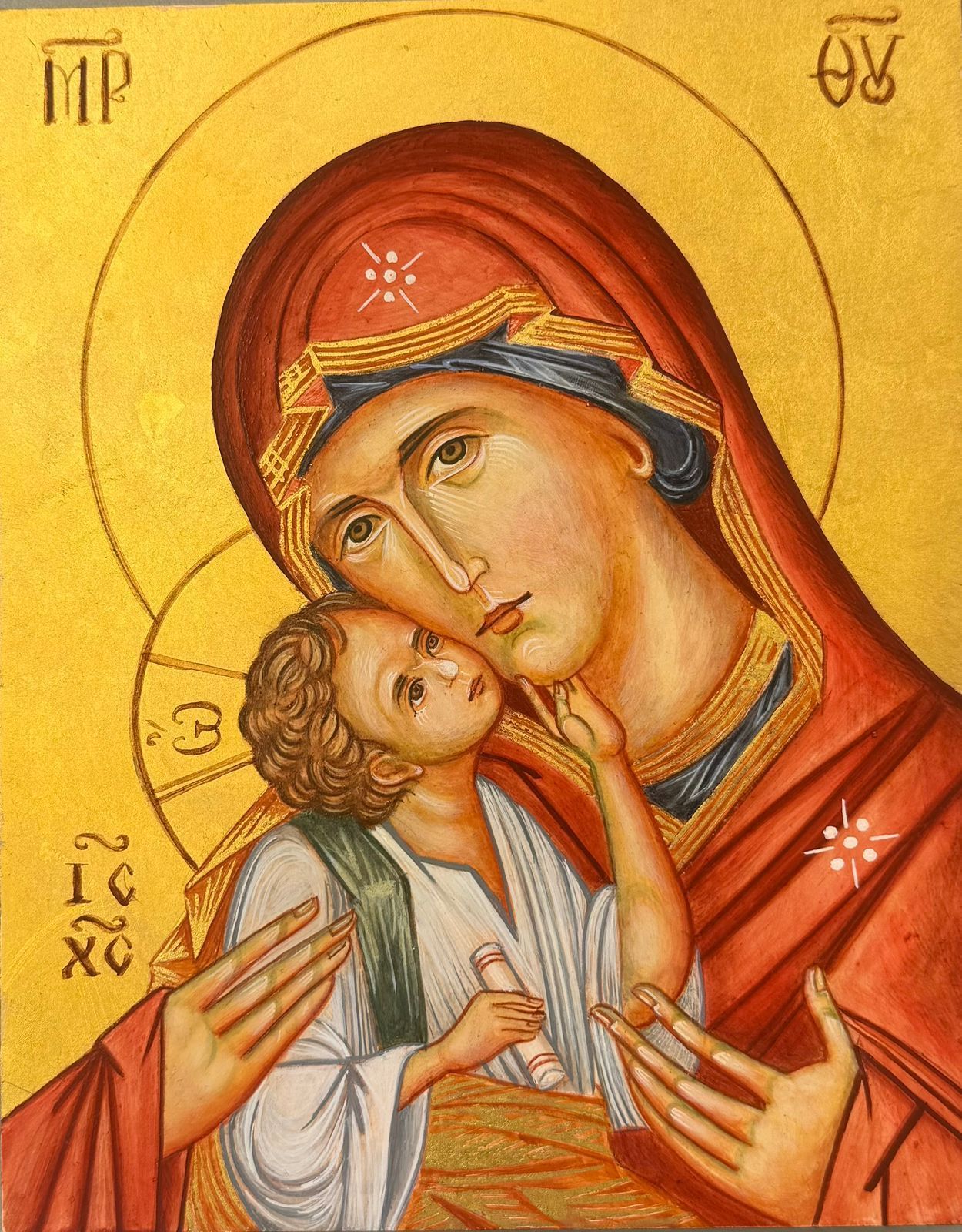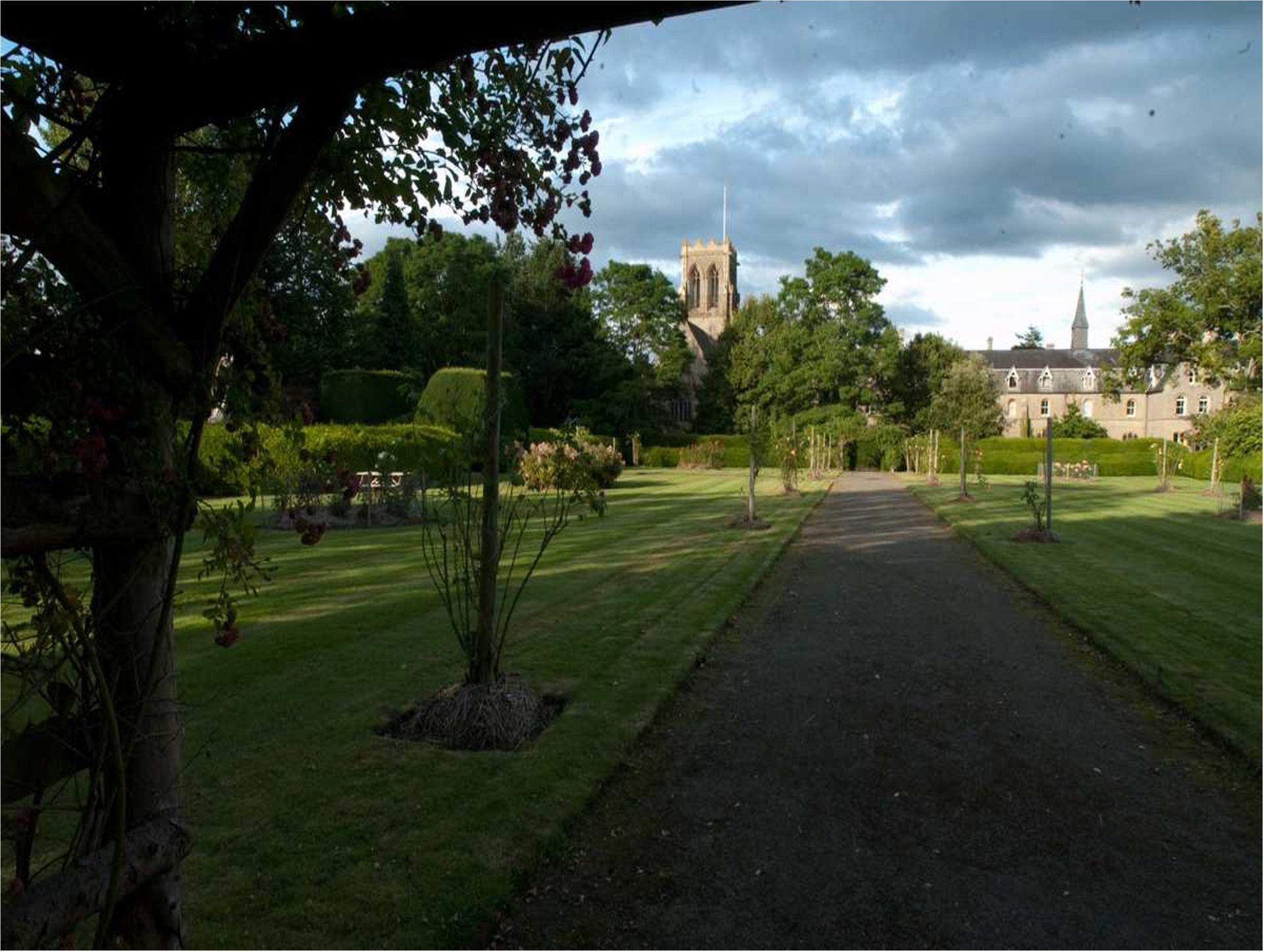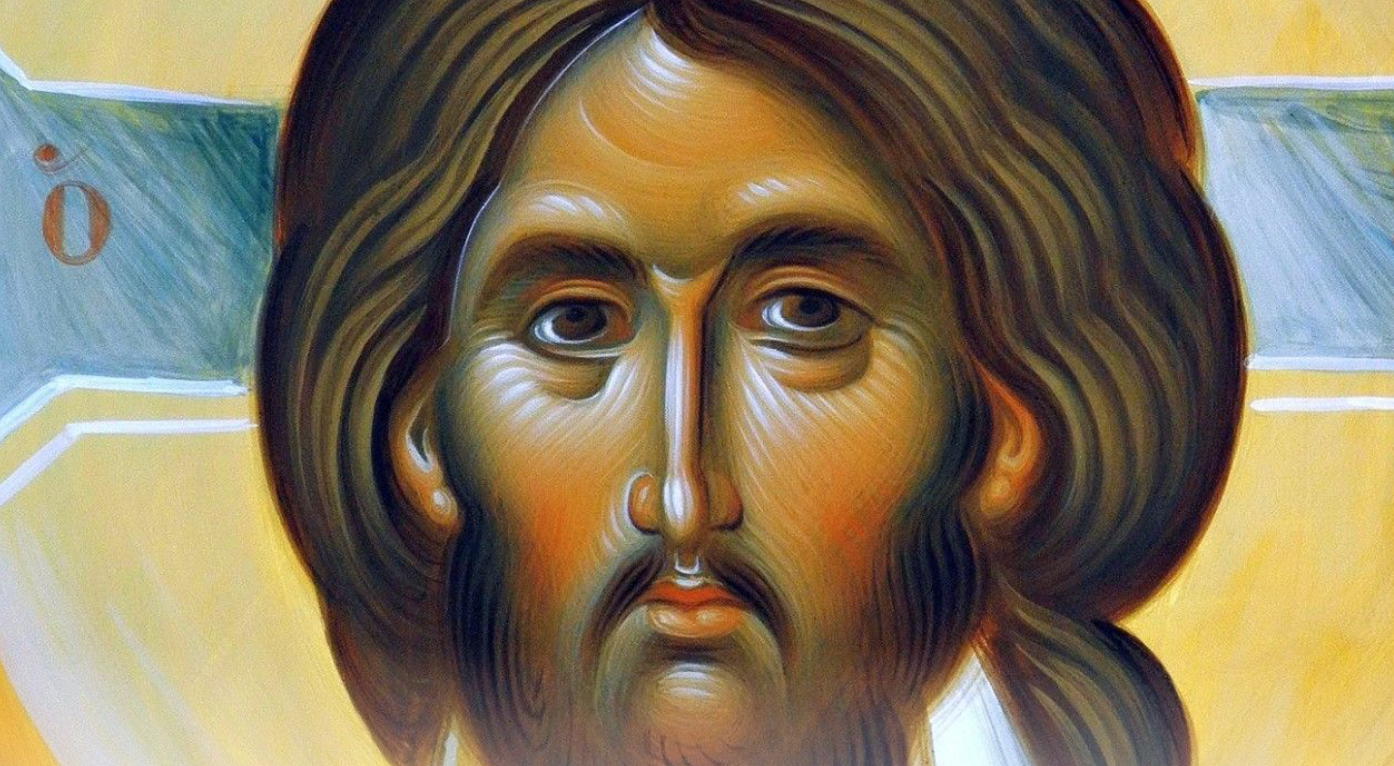700th Anniversary of the Canonisation of St Thomas Cantilupe
Fr Brendan Thomas • April 16, 2020
On 17th April we had been invited to Hereford Cathedral to celebrate a Mass marking the 700th Anniversary of the Canonisation of St Thomas of Hereford, by Pope John XXII. The saint is worth remembering, and his life and Hereford connections are told in the west window of the Abbey Church. Our Archivist, Brenda Warde, tells the story.
This year, 2020, Hereford celebrates the 700th anniversary of the canonisation of perhaps its greatest saint, Thomas Cantilupe, one of the last Englishmen to be canonised before the Reformation. Hereford Cathedral, home to his shrine has held a series of events to mark the anniversary. Sadly, the celebration of Mass by Archbishop George Stack planned for 17th April has had to be cancelled because of the coronavirus.
At Belmont itself the life of Saint Thomas is vividly recorded in the great West Window of the Abbey Church. The window was installed in 1882 to commemorate the 600th anniversary of the death of this great Bishop of Hereford. When the church and attached monastery, dedicated to St Michael & All Angels, were established from 1859 there was much local opposition to a new Catholic foundation. Belmont’s Founder Francis Wegg-Prosser, High Sheriff of the County, was most anxious to emphasize the links between the new church and Hereford city. So the designer of the window sought to create this wonderful illustration of the life of St. Thomas, to emphasise the connection with the cathedral and the ecclesiastical history of the city.
The five main lights of the window (above) all develop the Hereford connection. On the left is depicted the figure of St. Martin de Tours, the patron of the ancient Church of St Martin, originally the only church on the south side of the river, built, it was said, to cater for Blackmarston, this “district of ill-repute”. St. Martin is followed by St. John the Baptist, the patron of the Hereford parish attached to the cathedral. In the centre stands St. Thomas Cantilupe in his role as Bishop of Hereford ( 1275 – 1282). On the right we see St. Ethelbert, patronal saint of the Cathedral, holding a model of the building in his hands. The chronicles tell how Ethelbert, King of East Anglia was due to marry Alfrida, the daughter of King Offa of Mercia. However, the latter opposed the match and had Ethelbert murdered, a step he later regretted. In expiation of his sin he promised to build a church in Hereford and to dedicate it to Ethelbert. Finally, St. Guthlac, patron of a medieval Benedictine Priory in Hereford, holds a model of Belmont Abbey in his hand. He is, of course, commemorated in the name of St. Guthlac Street in the city and the bones of some of the monks from this ancient priory are now buried in the monks’ cemetery at Belmont.
The bottom of the window (shown above) depicts major events from the life of St. Thomas himself. On the left he is shown at his ordination in 1245, then as Chancellor of Oxford University, followed by his attendance at the Second Council of Lyons in 1274. The following year he was consecrated as Bishop of Hereford, but unfortunately, he later fell out with Archbishop Peckham of Canterbury, who excommunicated him. Thomas decided to appeal to the pope and set out for Rome. In the fourth panel he makes his successful appeal to Pope Martin IV in Orvieto in 1282, but shortly afterwards he died while still in Orvieto. The last panel shows the shrine containing his remains being brought into the cathedral in the presence of Edward III. His cause for canonisation was taken up by his successor Bishop Swinfield. The church, however, spent some time examining his cause and the many varied accounts of miracles attributed to him by pilgrims to his shrine before proclaiming him saint in 1320. It was this event that was to be marked by Mass at the Cathedral, at the invitation of the Dean of Hereford, Michael Tavinor.
In the small medallion shaped panel at the top (see the photograph below) Pope Clement V is seen proclaiming the canonisation of Thomas Cantilupe in 1320, less than forty years after his death. Below this panel the rose window depicts some of the miracles recorded as resulting from his intercession. In the centre of the rose Herefordians will recognise the shrine of St. Thomas in its restored glorious colour in the Cathedral. In front of the shrine a woman prays for the cure of her sick child. The small panel above the shrine recalls the restoration to life of a young girl, who had been drowned in the Lugg. To the left is recalled the strange tale of the curing of a woman struck with the frenzy by “measuring”, a practice apparently unique to Hereford. According to the chronicles the victim was measured with a piece of cord which was then laid on the tomb of the saint, thus achieving a cure. Of the two small windows below the rose, the left-hand one notes the cure for “the stone” of Thomas’s friend and successor in the diocese, Bishop Swinfield, after drinking wine in which a relic of Thomas had been dipped. The small right-hand panel warns us to take nothing for granted!
Contemporary accounts relate that the man had been held in prison and so heavily chained that his arms were broken. He prayed to Thomas for deliverance, promising to make a pilgrimage to his shrine. Duly released and cured he promptly forgot his pledge and, consequently, found himself back in prison in his chains!
Prayer of St Thomas
Hail Thomas, good shepherd,
patron of the flock of Christ
and teacher of the Church:
lend your help to the sick, I beg you,
and confer on devout minds
the light of grace.
Amen


